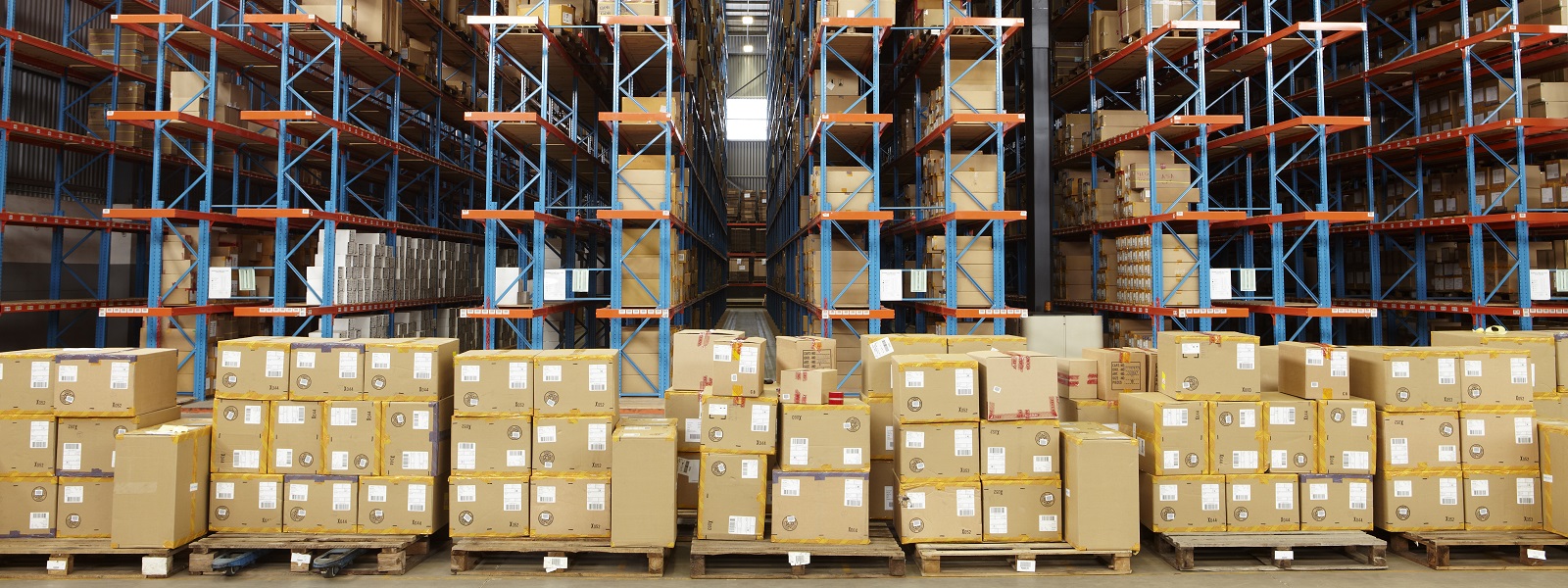Global M&A activity continued to make slow progress in 2023, with stubbornly high interest rates and stringent financing conditions stifling market confidence. Nearly US$3.2 trillion of M&A deals were announced last year—a ten-year low in aggregate annual value terms—while deal volume, with 36,640 announcements, sank to its lowest annual figure since 2018, when the figure stood at 34,130.
The drop in private equity activity was even steeper. Just 9,572 PE deals worth a combined US$955 billion were announced over the year, the first time since 2016 that annual aggregate deal value dropped below US$1 trillion.
There were, however, signs of resurgence in M&A toward the end of the year, with half of the top ten deals of 2023 announced in Q4. Combined with an anticipated cut to interest rates, there is a growing sense of optimism in the deal market. In PE particularly, financial sponsors are under pressure to put dry powder to work in 2024.
US energy races to consolidate
M&A in the final quarter of 2023 was led by some big-ticket energy deals, as global industry players move to position themselves for current growth and to take advantage of economies of scale in the highly competitive and cost-conscious onshore unconventional basins. The largest deal of the year saw US supermajor Exxon acquire US shale producer Pioneer Natural Resources in October for US$60 billion—its largest transaction since the turn of the century. The deal sees Exxon more than double its output from the Permian Basin.
Later the same month, Chevron announced its rival takeover of US oil producer Hess for US$53 billion—its largest deal ever. Both deals signal the industry’s faith in the long-term resilience of oil and gas assets, though the supermajors are also making major investments in low-carbon technologies such as carbon capture and green hydrogen.
The megadeals may trigger a wave of consolidation in the US’s fragmented shale oil industry. In December, Occidental Petroleum agreed to acquire sought-after shale driller CrownRock for US$12 billion, while Chesapeake Energy agreed to buy natural gas producer Southwestern Energy in a US$7.4 billion all-share deal on January 11.
Tech dealmakers look set for a comeback
The technology sector has endured a challenging few years as stock market volatility, expensive financing and a tough antitrust environment put large deals on ice. Yet there are signs of a turnaround this year, with some significant PE deals having taken place in the second half of 2023.
The largest of these saw Cisco acquire Splunk, a cybersecurity and data analytics firm, from US buyout firm Hellman & Friedman for US$28 billion. The transaction, Cisco’s largest to date, signals the software giant’s objective to expand its AI-enabled cybersecurity solutions.
While global tech players mostly shied away from big-ticket acquisitions amid challenging market conditions, the stage is set for tech companies to return to the deal table in 2024. Rallying share prices and slowly improving macroeconomic conditions will lift confidence and make transformational M&A a more appealing prospect.
The US$14 billion takeover of AI networking firm Juniper Networks by US computing giant Hewlett Packard, announced on January 9, is a sign of rising corporate confidence. The growing need to boost AI offerings will continue to be a key deal driver over the coming year.
PE players get creative
Global PE firms will look to redraw their strategies as they attempt to change their fortunes in 2024. A total of US$533.8 billion of buyouts were recorded in 2023—a four-year low that barely eclipsed 2019’s US$522.7 billion—as the industry grappled with high interest rates, restrictive financing and escalating geopolitical tensions.
PE firms have amassed a record amount of cash to spend on buyouts—an estimated US$2.1 trillion of dry powder as of December 2023, according to Preqin. The pressure to put this money to work will only intensify as the new year progresses.
There are signs that PE dealmakers are becoming more creative in order to push transactions over the line. Performance-based earn-outs have gained in popularity as a means to bridge the gap in buyer-seller price expectations in the current high interest rate environment.
Deal structures such as carve-outs look set to become more popular in 2024. This trend gained momentum last year, as seen in Chicago-based buyout firm GTCR’s US$11.7 billion carve-out of merchant payments business Worldpay, from US fintech company FIS. The transaction, the largest in the firm’s history, includes US$8.4 billion of debt finance, indicating a recovery in confidence among bank lenders.
The challenging IPO market has served to push carve-outs up the agenda, with FIS reportedly abandoning a plan to spin off Worldpay on the public markets. PE players will look to capitalize on this market dynamic in 2024.
Projected rate cuts spark optimism
There is a growing sense of positivity among dealmakers that the current interest rate cycle has peaked and that systemically important central banks in the US and Europe will loosen monetary policy this year. The news that the Federal Reserve is expected to cut interest rates at least three times in 2024 has been welcomed by markets, with the Dow Jones Industrial Average jumping more than 500 points following the mid-December announcement.
This shift in sentiment comes on the back of relatively positive growth forecasts, with the US economy in 2023 exceeding pre-pandemic forecasts. With signs that inflation is trending down in most countries—notwithstanding a small uptick in December in the US and eurozone—policymakers at the European Central Bank and Bank of England may also look to cut rates in 2024, albeit slowly and gradually.
The predicted rate cuts will bring welcome relief for dealmakers battling spiraling finance costs and help to bridge buyer-seller valuation gaps.
Investors will be buoyed by the potential rate cuts, but progress is unlikely to be linear. Dealmakers should continue to anticipate bumps in the road, such as December’s small inflation spike, as central banks, investors and markets adjust to their “new normal.”
A new era of uncertainty
Dealmakers also face a host of fresh uncertainties in 2024. The Red Sea crisis and ongoing Israel-Gaza conflict could damage the global economic recovery, with the security of major supply chains hanging in the balance. Dealmakers will closely follow how events unfold in this crucial trading route over the coming weeks and months.
At the same time, regulatory scrutiny will continue to cast doubt on many deals at the top end of the market, particularly in the sensitive technology, healthcare and critical infrastructure sectors. President Biden’s antitrust team will maintain its tough stance against certain technology deals and is also closely scrutinizing PE roll-up strategies, in which firms make multiple small acquisitions in a single market, which the Federal Trade Commission may deem anticompetitive.
Upcoming elections in the US and the UK could also moderate investor confidence over the coming year. M&A has historically slowed in the run-up to major elections, according to LSE Group data, with political uncertainty inconducive to robust dealmaking.
Despite all the unknowns, dealmakers will be hoping that improving economic conditions and an enduring appetite for deals—made all the more sharp over the past two sluggish years—will result in a busier, more upbeat M&A market in 2024.





